
February in the Garden – 2023 Edition
Greetings, Lakeway gardeners! Even though we are off to a very icy start this month, February is still one of my favorite times in the garden. Spiderwort may be frozen in glass-like ice right now but soon their purple blooms will burst out and herald the promise of warmer weather. Once the ice thaws, it is a great time to enjoy your winter garden bounty of greens, broccoli, carrots and other healthy vegetables. Kids often love to get involved in the garden if they know they can eat some things too!
Many vegetable gardeners here in Central Texas find a cooler season to be more productive than a warm season, so get a head start by reviewing the Veggie Planting Calendar to plan your spring veggie garden. This Texas AgriLife Extension Vegetable Garden Planting Guide will show you all the ideal times to plant in order to maximize your garden bounty. You can download a printable PDF of the calendar to post by your garden or bring with you to your favorite plant nursery.
Remember, the average last frost day for the Austin area is March 11 to March 20 so don’t prune or plant too much before then. See below for many more things that should be on your February gardening to-dos and visit the Lakeway Garden Club for more cold weather tips and tricks. Happy gardening!

February Garden Tips

Flowers to Plant
- Alyssum
- Calendula
- Centaurea
- Dusty Miller
- Larkspur
- Pansies
- Snapdragon
- Violas
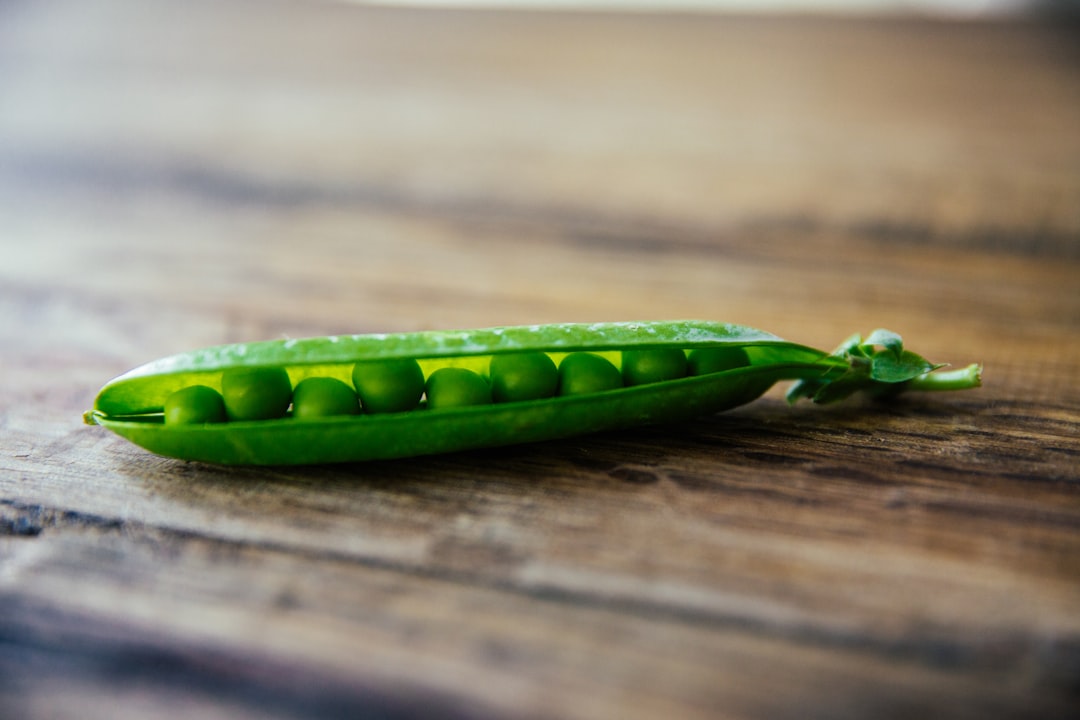
Seeds to Sow
- Beets
- Carrots
- Corn
- Greens – cool season
- Peas – English, snap, snow
- Potatoes – Irish
- Radishes
- Turnips

Things to Transplant
- Artichokes
- Asparagus
- Broccoli
- Cabbage
- Cauliflower
- Leeks
- Onions – bulb
- Tomatoes

Things to Sow or Transplant
- Asian Greens
- Lettuce
- Spinach
- Collards
- Kale
- Kohlrabi
- Mustard
- Swiss Chard
February Garden To-Dos
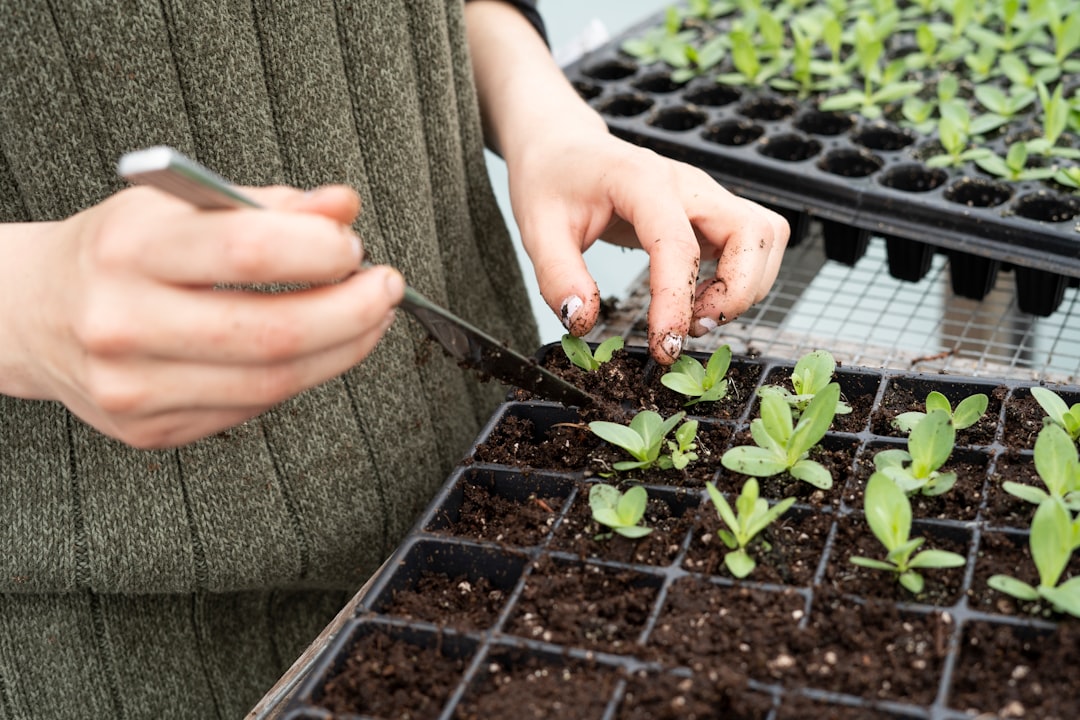
Prepare for spring planting
Early in the month, work in 1-2” of compost, an organic, solid, high-nitrogen fertilizer, and a source of trace minerals to vegetable and flower beds so you’ll be ready when the planting fever hits. For best results, mix the compost and trace minerals in about 6” deep, then scratch the fertilizer into the top 2” of the soil. Whether your bed is new or established, give your plants a boost with beneficial mycorrhizal fungi.
Apply corn gluten to control spring weeds
Corn gluten provides nitrogen and prevents seeds from germinating. Learn to use it to prevent springtime weeds in the lawn.
Fertilize
Be sure to feed new and existing plants with your favorite organic fertilizer. Leafy greens benefit from nitrogen, while flowering and fruiting plants need more phosphorus. Feed annual winter bloomers such as alyssum, dianthus, and especially pansies after Valentine’s Day. Use liquid fertilize on cool-season vegetables like leafy greens, brassicas, and onions if needed. Hold off fertilizing lawns until April. Avoid weed and feed products.
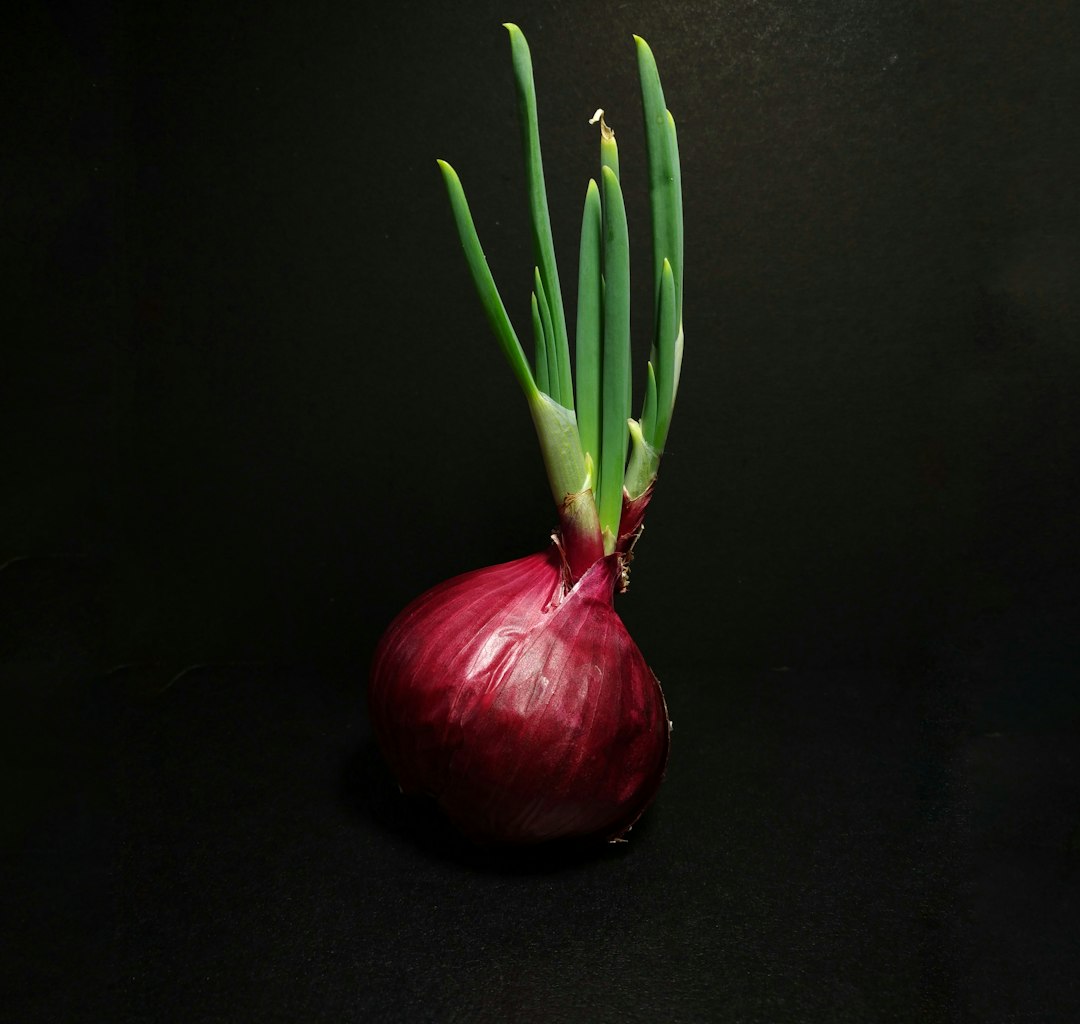
Try growing onions
There is still time to plant onions. Fertilize onions 3-4 weeks after planting by sprinkling fertilizer along the outer edge of the row (called side-dressing,) about 6-8 inches from the plants, rake it into the soil then water in well. Use 1 cup of fertilizer for 20 feet of plants. Fertilize onions again when the bulbs begin to swell. Fertilizing onions can make a big difference. Every leaf on an onion plant corresponds to a ring so remember that it is important to grow leaves – the more leaves on the plant the more rings on the bulb. Make sure to water onions consistently.
Ready your spring garden
Move hardy seedlings outdoors late in the month but be ready to protect from freezing temperatures. Divide and transplant perennial herbs and summer and fall blooming perennial flowers. Give away extras to the neighbors! Plant summer bulbs like gladiolus late in the month. This is the last month to set out cool-season vegetables like cauliflower, broccoli, and cabbage. Plant seeds for beets, turnips, and carrots later in the month.
Water deeply, especially before freezes
Dry plants are more likely to suffer freeze damage than well-watered ones. Be careful not to overwater; plants use water more slowly when temperatures are cool. Water container plants as needed. Use row cover (we like Plankets) to protect tender plants and seedlings from freeze.
Good compost benefits
Add compost and/or fertilizer to ornamental beds according to the soil test results. Loosen the soil. Check winter mulch and replenish if needed. Stockpile leaves for mulch and composting throughout spring and summer.
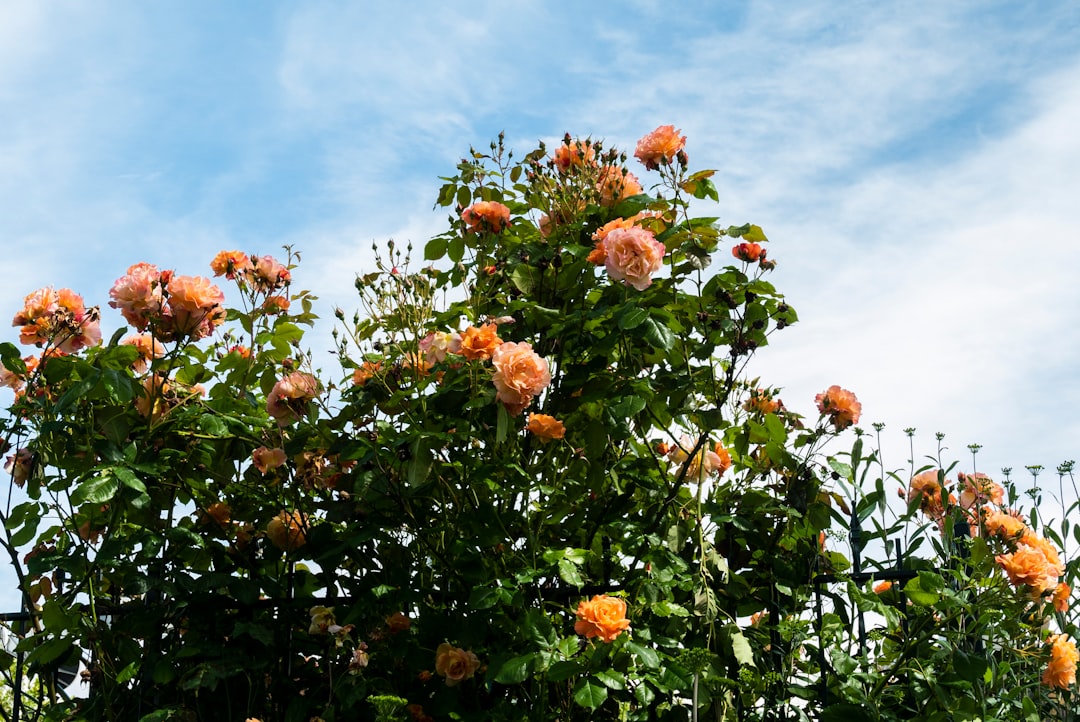
Prune roses
Valentine’s Day means it’s time to prune roses! Sometime during the middle of February, shape your rose and give it some TLC in the form of compost and a high-phosphorus fertilizer to promote blooms.
Prune everything else
Prune fruit trees after bud break. Cut back all perennial flowers and ornamental grasses. Cut perennials two to four inches above the ground. For grasses, but back to six to 10 inches. Prune summer blooming shrubs like oleander or vitex. Wait to prune spring blooming shrubs until after they bloom. Selective prune other woody shrubs and trees (except oaks) to maintain form and remove damaged branches or stems. Avoid pruning oaks from February 1 to June 30 to help stop the spread of Oak Wilt. Keep collecting leaves to use as mulch or to be added to compost later.
Peas please
Hurry to plant sugar snap, snow, or English peas at the beginning of the month. They need 50 to 60 days to start producing before the warm weather settles in for good. Get your tomato cages ready, think about letting some brassica plants flower to attract beneficial insects, and if you’re growing your own tomato or pepper starts, it might be time to move them into a bigger container. Start exposing them to the outdoors on very mild days in well protected spots to get them ready for transplanting.
Check your lawn
If lawn has a history of brown patch problems, treat with a labeled fungicide late in the month. Repeat treatment in three or four weeks, if needed.
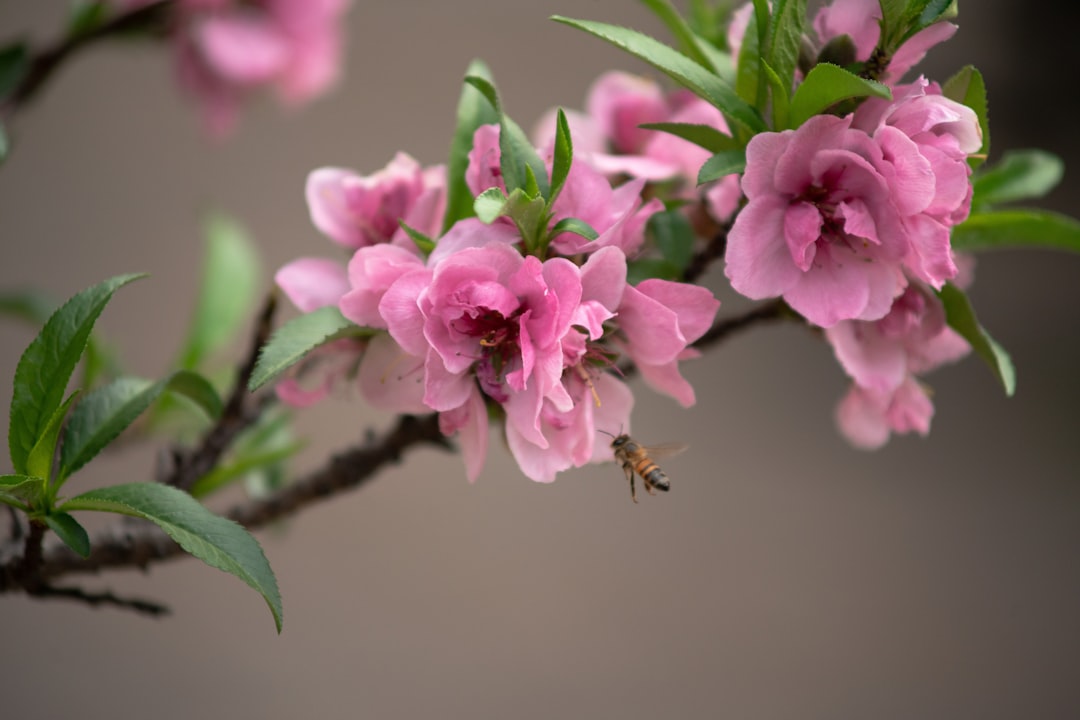
Maintain fruit trees
Prune immature fruit trees if needed. Spray apples, peaches, pears, and plums with an all-natural fungicide when the buds begin to swell. Spray for plum curculio with dormant oil.
Look out for pests
Spray fruit trees with horticulture grade dormant oil just prior to bud break. Avoid weed & feed products – period. Spot treat for weeds as they appear. Check for hanging bags of bark on other trees – it’s usually the first sign of potential bagworm problems. Snip out these pouches and destroy them. Check fruit trees and ornamental pears for blackened shoots that may indicate fireblight damage. Prune back to four inches into healthy tissue and discard the diseased plant material. Disinfect your pruners with alcohol. Wipe the blades with a coat of oil to prevent rust.
Remove winter debris
Cut woody perennials such as Esperanza and Firebush down to 12” segments. When new growth appears at the base, cut the old stems nearly to the ground to eliminate unsightly dead sticks. Removing leaves and tidying other winter debris helps eliminated breeding grounds for bugs and springtime pests. Put it in a compost pile to recycle it into a rich nutrients.
Garden Tips courtesy of The Natural Gardener and Texas AgriLife Extension.






